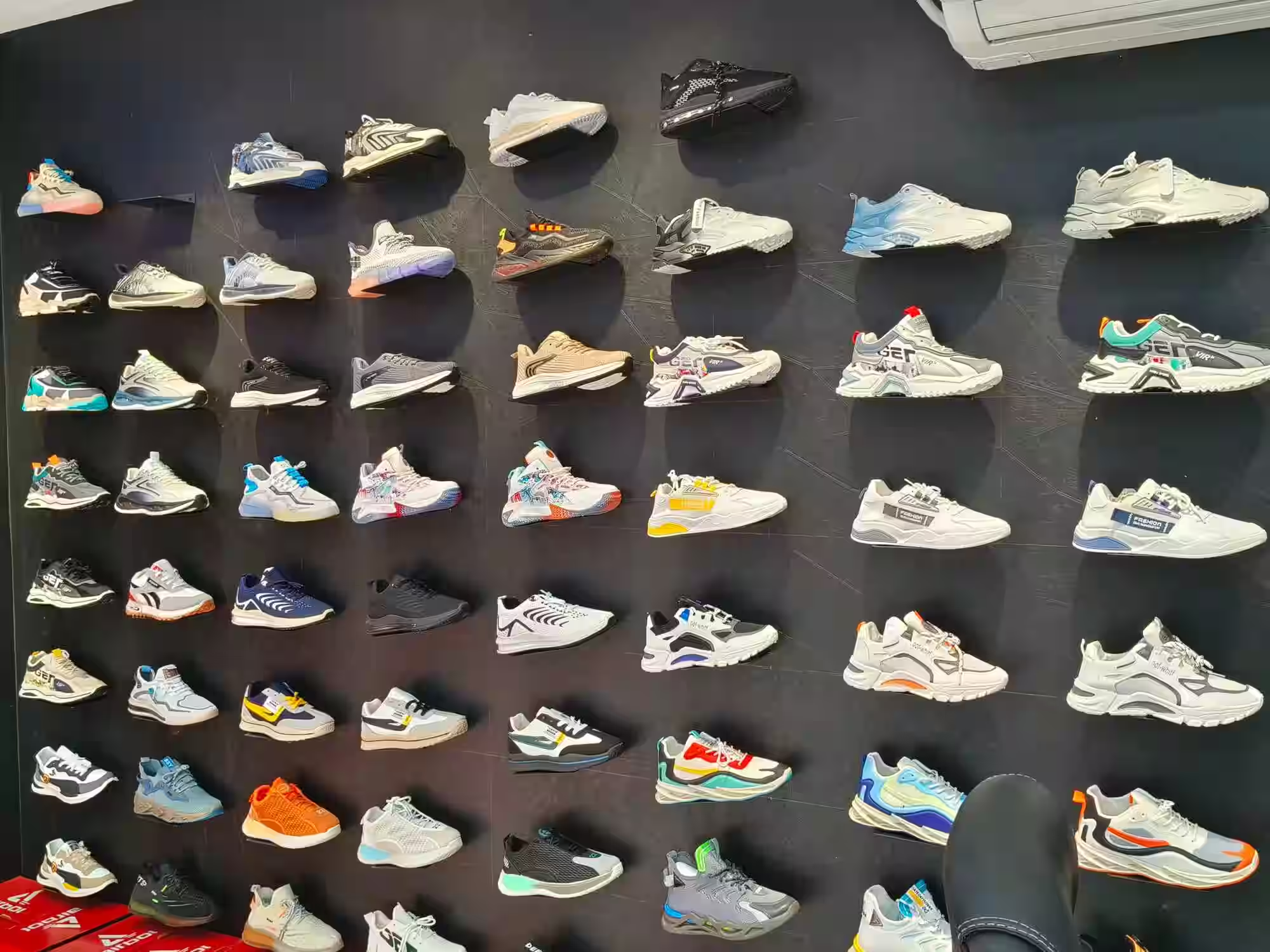Table of Contents
ToggleThe Landscape of Wholesale Shoes
Wholesale shoes involve the bulk buying of footwear from manufacturers or distributors at a discounted rate. This model allows retailers, e-commerce platforms, and even individual entrepreneurs to purchase products in large quantities at reduced prices, which can then be sold at a profit. The wholesale shoe market is diverse, encompassing various categories including athletic footwear, casual shoes, formal shoes, and luxury brands.
Market Trends in Wholesale Shoes
- E-commerce Growth: The rise of online shopping has significantly impacted the wholesale shoe market. E-commerce platforms have made it easier for businesses to access a broader range of products and connect with suppliers globally. This shift has also led to increased competition, driving suppliers to offer more competitive prices and innovative designs.
- Sustainability: There is a growing demand for eco-friendly and sustainable footwear. Consumers are increasingly aware of the environmental impact of their purchases, leading to a rise in demand for shoes made from recycled materials, organic cotton, and other sustainable resources. Wholesale suppliers are responding by expanding their eco-friendly product lines.
- Customization and Personalization: Customers are seeking unique, customized footwear that reflects their personal style. This trend is influencing wholesale shoe suppliers to offer customizable options, such as bespoke designs and personalized color choices. Retailers who can offer these options will have a competitive edge.
- Technological Advancements: Advances in technology, such as 3D printing and AI-driven design, are revolutionizing the shoe manufacturing process. These technologies enable the creation of more intricate designs and improved comfort features, which are increasingly being reflected in wholesale offerings.
Sourcing Wholesale Shoes
- Finding Reliable Suppliers: The first step in sourcing wholesale shoes is finding reliable suppliers. This can involve attending trade shows, researching online directories, or leveraging industry contacts. Key considerations when evaluating suppliers include their reputation, the quality of their products, and their reliability in fulfilling orders.
- Evaluating Product Quality: Quality assurance is critical in the wholesale shoe market. Retailers should request samples to assess the durability, comfort, and overall quality of the footwear before placing large orders. Establishing a quality control process can help in maintaining high standards and reducing the risk of returns or customer dissatisfaction.
- Understanding Pricing Structures: Wholesale pricing can vary based on order volume, product type, and supplier agreements. It’s essential to understand the pricing structure, including any potential discounts for bulk purchases, shipping costs, and other fees. Negotiating favorable terms with suppliers can significantly impact your profit margins.
- Building Relationships with Suppliers: Strong relationships with suppliers can lead to better deals, priority access to new products, and more flexible payment terms. Building trust through clear communication and timely payments can enhance your position as a valued customer.

Strategies for Maximizing Profitability
- Market Research: Conducting thorough market research helps in understanding customer preferences, identifying trends, and setting competitive pricing. Analyzing sales data and customer feedback can guide your purchasing decisions and help you stock products that align with market demand.
- Effective Inventory Management: Efficient inventory management is crucial for maintaining profitability. Overstocking can lead to increased holding costs and potential markdowns, while understocking can result in missed sales opportunities. Implementing inventory management software can streamline this process and improve accuracy.
- Diversification: Offering a diverse range of shoe styles and brands can attract a broader customer base. Diversification also helps in mitigating risks associated with market fluctuations. Keeping an eye on emerging trends and incorporating them into your inventory can give you a competitive advantage.
- Marketing and Promotion: Investing in marketing and promotional activities can boost sales and increase brand visibility. Utilize social media, email marketing, and influencer partnerships to reach your target audience. Special promotions, such as discounts on bulk purchases or limited-time offers, can drive traffic and enhance sales.
- Customer Service: Providing excellent customer service is essential for building loyalty and encouraging repeat business. Ensure that your customer service team is well-trained to handle inquiries, process returns, and address any issues promptly. A positive shopping experience can lead to long-term customer retention.
Navigating Challenges in the Wholesale Shoe Market
- Supply Chain Disruptions: Global events and logistical issues can disrupt supply chains, affecting the availability and cost of wholesale shoes. It’s important to have contingency plans in place, such as diversifying suppliers and maintaining buffer stock, to mitigate the impact of such disruptions.
- Competition: The wholesale shoe market is highly competitive, with numerous players vying for market share. Differentiating your business through unique product offerings, exceptional service, and effective branding can help in standing out from the competition.
- Regulatory Compliance: Ensuring compliance with regulations related to product safety, labeling, and labor practices is crucial. Stay informed about relevant regulations and standards in your market to avoid legal issues and maintain a positive reputation.
Conclusion
The wholesale shoes market offers significant opportunities for businesses looking to capitalize on the ever-evolving footwear industry. By understanding market trends, sourcing strategies, and effective management practices, retailers and entrepreneurs can successfully navigate this competitive landscape. Embracing innovation, prioritizing quality, and focusing on customer satisfaction will be key drivers of success in the wholesale shoe market.
